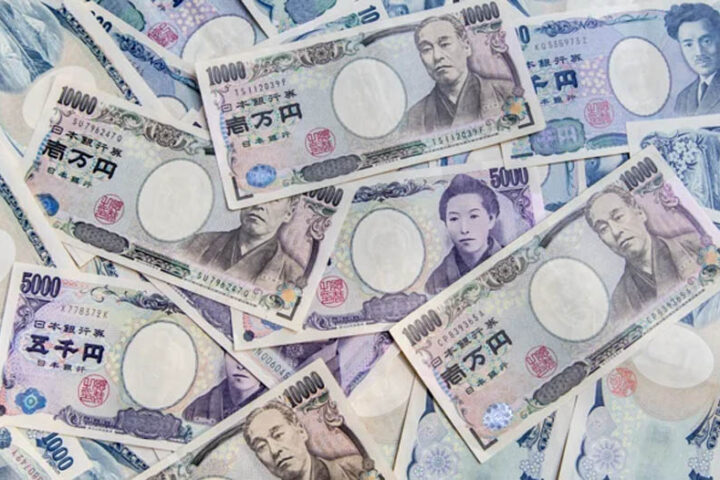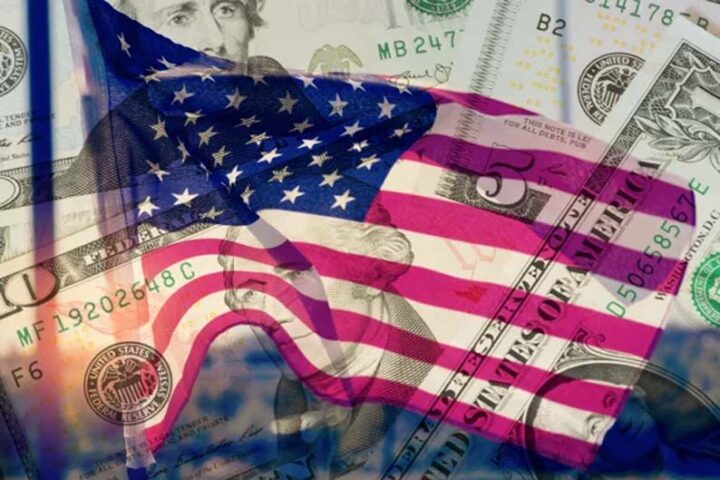By Edward Moya
US stocks shrugged off a hot PPI report and focused on the latest Fed speak that had two hawks dial down dial the immediate need for further tightening.
Stocks might struggle for further gains on Thursday until Wall Street sees the CPI report, which could come in hot given producer prices were supported on higher energy and food prices.
The latest round of Fed speak supported the initial move higher for stocks, but too many geopolitical risks and start of earnings season has investors cautiously buying into this rally.
PPI
US supplier prices came in hotter-than-expected as stubborn inflation pressures remain in the economy.
The Labor Department gauge showed PPI final demand in September rose 0.5% from a month ago, which was down from 0.7% in the prior month, but well above the 0.3% consensus estimate. The headline gauge advanced 2.2% from a year earlier, the highest pace since April and well above the upwardly revised 2.0% prior reading.
The knee-jerk reaction for both stocks and the dollar to the hot PPI report did not deliver a sustained move as the overall theme from this report was that companies might be struggling to pass on costs to the consumer.
With US manufacturing showing signs it is ramping up, softer spending trends should support the case that the disinflation process will still remain in place.
Fed
The Fed’s Michelle Bowman dialed down the hawkishness, noting that rates may need to rise more to curb inflation. Two and a half weeks ago, she was stating that more rate hikes would be needed to curb inflation.
Fellow Fed Governor Christopher Waller said they can watch and see what happens before taking further action with interest rates as financial markets tighten.
The Federal Reserve is done hiking for now and if 2024 has a mild recession, that should allow them to hold off on rate cuts.
Given the change of tune from the hawks, the FOMC minutes might not matter as much, but could provide valuable insights as to how they see the impact from a government shutdown.
Oil
Crude prices are lower after a mountain of geopolitical risk to start the trading week didn’t yield any real changes in crude output and transit.
The only thing clear for energy traders is that the road for global growth recovery is getting rockier. The US consumer is weakening, Germany might be headed for a deeper recession, and on fears that China’s economic slump could be widening.
Most of the economic data on the consumer and earnings announcements point to a much weaker US consumer. The German economy has too many headwinds and the risks of an energy crisis could trigger a severe recession. China’s piecemeal stimulus might not be enough, especially after disappointing travel and spending data from the Golden Week holiday.
Russia’s energy week did not deliver any surprises as President Putin signaled they will continue to cooperate with OPEC+ to stabilise the oil market. It is clear that OPEC+ will defend prices throughout next year.
With the rising risks of potential sanctions on Iranian crude, the oil market will pay close attention to see how much non-OPEC and “fragile five” production increases.
The US and Venezuela talks could lead to some oil sanction exemptions that could help some more supply come to the market. US stockpile data should show that demand is still draining inventories.
Downward pressure on oil prices, however, should be limited given all the geopolitical risks that are on the table. WTI crude should see buyers emerge ahead of the $84 level.
Gold
Falling bond yields continue to fuel gold’s price rally.
Gold is seeing inflows on both uncertainty over how much market turmoil will stem from the Israel-Hamas war and as the Fed tries to cool the economy.
The yellow metal has recovered roughly 40% of its losses over the past month and bullish momentum might remain in place until price action approaches the $1896 level.
If Wall Street becomes convinced that rates have peaked and the chances of more tightening in 2024 are unlikely, gold could rally back above $1920.
Edward Moya is Senior Market Analyst, The Americas at OANDA
Opinions are the author’s, not necessarily that of OANDA Global Corporation or any of its affiliates, subsidiaries, officers or directors. Leveraged trading is high risk and not suitable for all. Losses can exceed investments.







